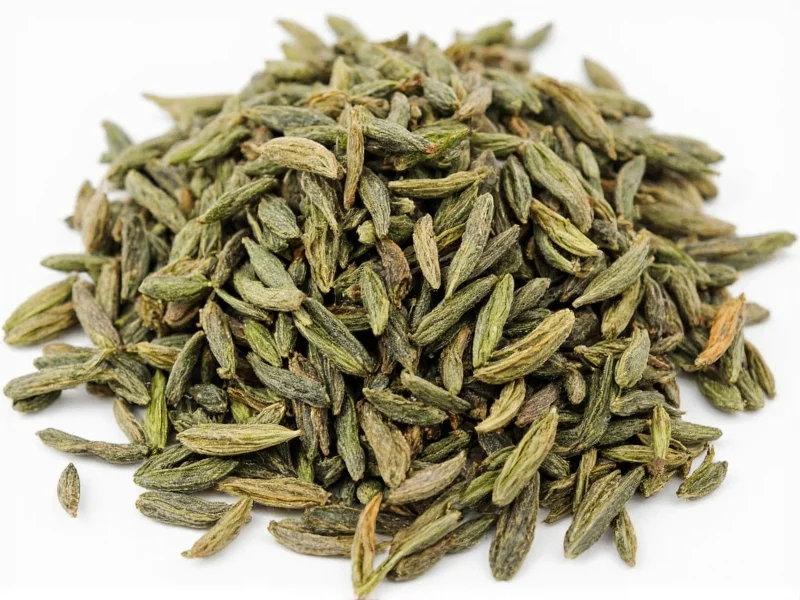Pain Points: Why Bulk Cider Confuses Buyers
Many assume bulk cider expires like milk or loses alcohol content. Reality? Improper storage causes flavor degradation, not spoilage risks. You might discard perfectly drinkable cider after spotting sediment or slight cloudiness—common in unpasteurized batches. Or worse: storing kegs horizontally accelerates oxidation, turning crisp apple notes sour within weeks. These mistakes waste money and undermine confidence in bulk purchases.
Cognitive Reset: The Science of Cider Transformation
Hard cider doesn't "go bad" in the food-safety sense. As GetBrewsy explains, natural fermentation continues post-packaging. After 12–24 months, acetic acid bacteria convert alcohol into vinegar—hence the telltale vinegar smell. This is irreversible but harmless. Crucially: it's not the alcohol degrading, but flavor compounds altering due to oxygen exposure or temperature swings. Unpasteurized juice (preferred for quality) accelerates this process versus heat-treated versions.

When to Use (and Avoid) Bulk Cider
Bulk cider shines for high-volume needs but fails in unstable environments. Use it when:
- Hosting events serving 50+ people (kegs reduce packaging waste)
- Brewing custom blends (commercial tanks allow precise temperature control)
- Short-term storage (<6 months) with climate-controlled space
Avoid bulk formats if:
- Storing beyond 18 months without refrigeration (canned versions degrade faster per Esoterra Cider's data)
- Lacking upright storage (lying kegs increase oxidation)
- Using dessert apples in DIY batches—BJCP notes they cause "insipid or excessively acidic" results
| Storage Condition | Max Shelf Life | Spoilage Risk Level | Source Verification |
|---|---|---|---|
| Cool, dark, upright (≤55°F/13°C) | 24 months | Low | GetBrewsy |
| Room temperature, upright | 12 months | Medium | Esoterra |
| Refrigerated but horizontal | 6 months | High | Esoterra |
| Unpasteurized juice base | 18 months | Medium-High | BJCP |

Production Realities: Why Tank Choice Matters
Commercial bulk cider relies on equipment that home users overlook. Stainless steel tanks dominate per NFE Brew due to corrosion resistance and integrated cooling jackets—critical for halting fermentation at peak flavor. Plastic alternatives cost less but lack temperature precision, risking "excessive fizziness" from uncontrolled CO2 buildup. Oak barrels add complexity but require meticulous sanitation; Micet Craft's workflow shows pressing through pasteurization takes 8–12 weeks. Key takeaway: Bulk quality starts with cider-specific apples, not grocery-store varieties.
Final Action Plan: Maximize Your Bulk Investment
- Purchase smart: Opt for bottled over canned for longer shelf life (Esoterra data)
- Store upright in basements or cellars below 55°F—never garages with temperature swings
- Test before events: Smell for vinegar notes 48 hours pre-use; slight tartness is normal
- For DIY: Use cider apples and avoid pasteurization to prevent caramelized off-flavors (BJCP)
Top 3 Misconceptions Debunked
- Misconception: "Fizz loss means spoilage" → Truth: Flatness indicates CO2 leakage, not safety issues—still drinkable if no vinegar smell.
- Misconception: "Refrigeration extends life indefinitely" → Truth: Cold slows but doesn't stop acid conversion; 24 months is absolute max per GetBrewsy.
- Misconception: "All bulk cider is cheaper" → Truth: Keg deposits and specialized dispensers often negate savings for small batches.
Everything You Need to Know
No. Bulk hard cider doesn't expire safety-wise but transforms into vinegar after 1–2 years due to natural fermentation. As GetBrewsy confirms, it becomes "too acidic to drink" with a vinegary smell—harmless but unpleasant. Discard only if mold appears (rare in sealed containers).
Store upright in a cool, dark place below 55°F (13°C) to minimize oxidation. Esoterra Cider advises against horizontal positioning—this exposes more liquid to air. Bottled versions last longer than canned; avoid temperature fluctuations (e.g., garages) which accelerate flavor degradation.
This indicates premature vinegar conversion from oxygen exposure or warm storage. Per GetBrewsy, "the flavor profiles change" when acetic acid bacteria activate. To prevent this: store below 55°F upright, use stainless steel containers, and avoid unpasteurized juice if storing beyond 12 months.
Yes, if only mildly acidic. Vinegar-transformed cider works in sauces or braises where tartness complements dishes (e.g., pork recipes). Discard if moldy or foul-smelling. For baking, use within 12 months—older batches lose apple notes critical for flavor balance per BJCP production guidelines.
Assuming all bulk formats perform equally. Canned bulk degrades 30% faster than bottled due to thinner seals (Esoterra data). Also, using dessert apples in DIY batches creates "insipid" results—BJCP stresses cider-specific apples for balanced acidity.











 浙公网安备
33010002000092号
浙公网安备
33010002000092号 浙B2-20120091-4
浙B2-20120091-4